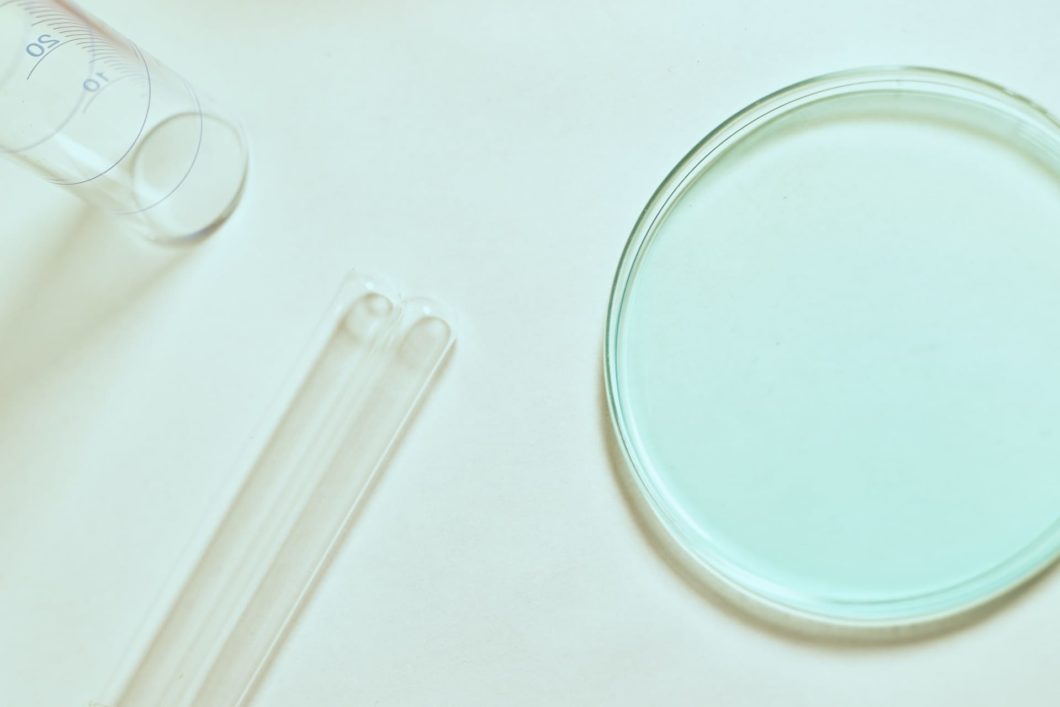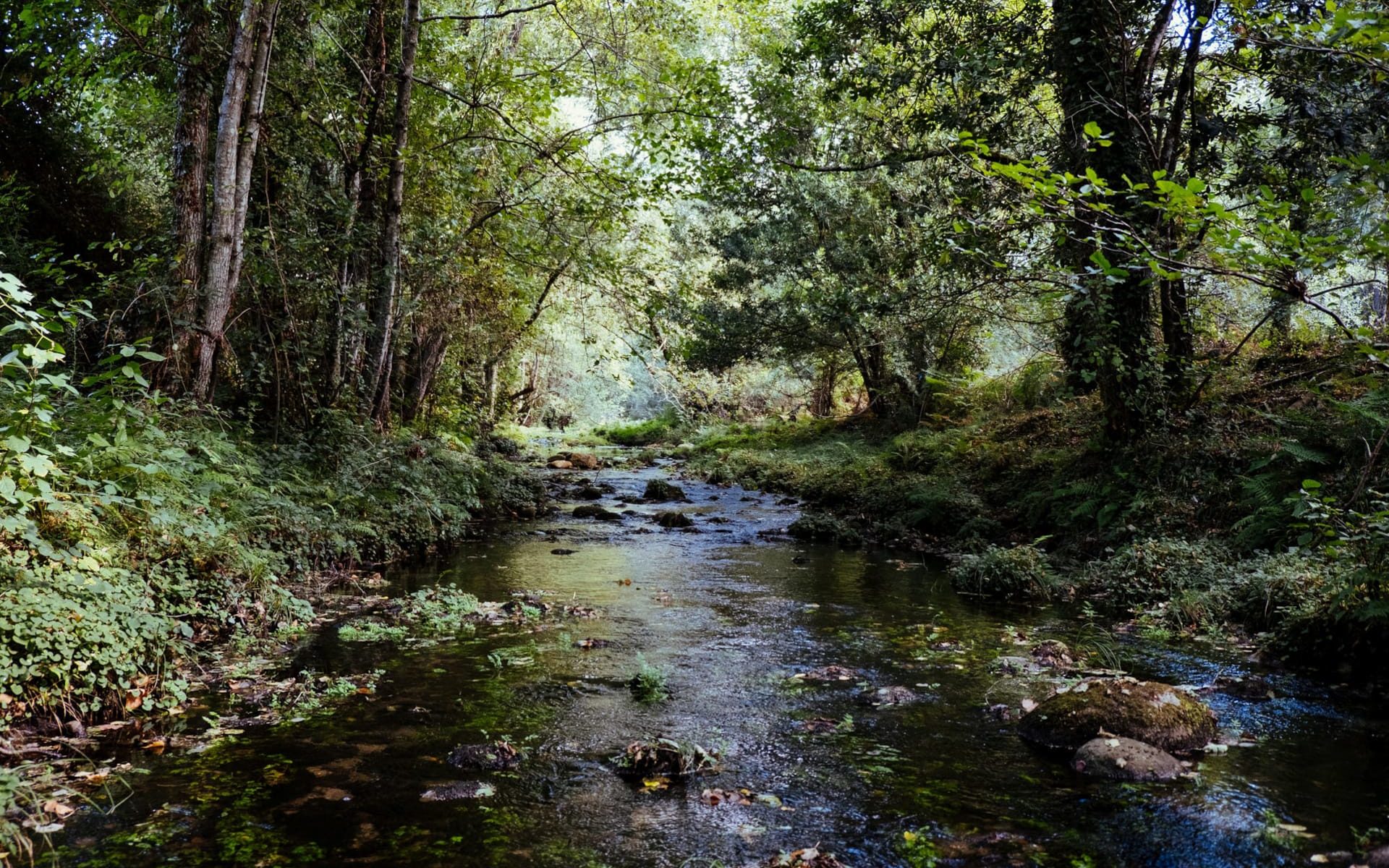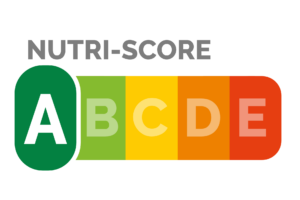Sucralose – a guide to artificial sweeteners
Product development • Made from sugar, tastes like sugar, says the advertisement about sucralose which is 600 times sweeter than sugar, calorie-free and heat-resistant. But does sucralose have any negative properties? What about the environmental impact, for example?
In our article series ‘Guide to artificial sweeteners’, we have come to sucralose which is found in 4,000 foods and some lakes. It is a chemical sweetener that neither the body nor the treatment plants can break down. It’s sweet, of course, but does it have a bitter aftertaste? We’ll find out.
What is sucralose?
Sucralose is a high-intensity sweetener created chemically with sugar (sucrose) as a raw material. It was discovered by chance in England in 1976 and was approved as a sweetener by Canada as the first country in 1993. In the EU it was approved in 2004.
Sucralose has E-number 955. Its systematic name is: 1,6-dichloro-1, 6-dideoxy-β-D-fructofuranosyl-4-chloro-4-deoxy-α-D-galactopyranoside. These chemical formulas are: C12H19Cl3O8. It is a white, almost odourless powder in a crystallized form that is 600 times sweeter than sugar.
Sucralose is found in over 4,000 foods and is a popular sweetener in the sports industry because it basically doesn’t provide any extra calories. It provides no calories as the body has difficulty breaking down sucralose. You urinate 85.5 per cent and poop out 11 per cent of the sucralose intake within five days. Only 3 per cent is processed via the kidneys.
China has the most factories for the production of sucralose. They have 255 suppliers. The USA comes in second place with 28 suppliers, while England, which invented sucralose, has 11 suppliers. It is sold under a number of different brand names. The most famous brand is Splenda.
Sucralose is created by replacing three hydroxyl groups on a molecule with three chlorine atoms. Sucralose is therefore called chlorinated sucrose or organochlorine compound, just like DDT and PCBs which are now banned pesticides. This has created some controversy that we will return to.

‘I just tasted, I didn’t swallow’
Sucralose was created by chemists at the British company Tate & Lyle in collaboration with researchers at Queen Elizabeth College in 1976.
That is the correct and official story, but it would certainly be exciting to know how it actually was created. When we dig up the story behind sweeteners in this article series, we often encounter the same story for different sweeteners. It may be difficult to know who did what, but it always ends up with chemists licking on completely unknown chemical compounds.
In the interview book From Sugar to Splenda, we find the discoverers’ voices about what happened.
Dr Riaz Khan asked his colleague Leslie Hough if he could give him some tetrachloro-m-xylene. Leslie was busy and asked her doctoral student Shashikant Phadnis to give it instead.
Riaz himself says that it was a happy coincidence that both he and Shashikant came from India and therefore did not understand each other very well. Shashikant accidentally heard ‘test’ instead of ‘taste’, after which he put some tetrachloro-m-xylene on a spatula and tasted it.
When Leslie heard this, he got angry and thought Shashikant was crazy, tasting unknown compounds. Shashikant calmly replied that he only tasted, he did not swallow. Much like a juvenile, smoking cigarettes and saying he doesn’t inhale very deep.
Leslie didn’t want to be a coward and poured some tetrachloro-m-xylene into a cup of tea. When Shashikant pointed out that it should also be considered crazy, Leslie swept the whole cup with the comment: ‘Forget it, I survive!’
After 17 years and countless studies later, sucralose was regarded as safe by Canada (as the first country) in 1993. Shashikant and Leslie were finally able to breathe a sigh of relief.
Is sucralose safe?
The answer is the same for all approved sweeteners: Yes, it is safe enough to be approved, as long as you stay below the accepted daily intake (ADI).
According to the Swedish Food Agency, the ADI for sucralose was set at 15 mg per kilogram and day after trials were made on rats losing weight after receiving very high doses of sucralose. (The ADI value corresponds to the highest amount of a substance that a person can take daily throughout their life without risk to health.)
An Israeli study on rats published in 2014 in the scientific journal Nature showed that saccharin, sucralose and aspartame could affect the intestinal flora, which can raise blood glucose levels. If the result is the same in humans, no one yet knows.
What creates the most questions regarding sucralose is that it is an organochlorine compound, just like DDT and PCBs which are now banned pesticides. There are researchers who believe that sucralose must have the same harmful effects, but the studies that have been done don’t support this thesis. Chlorine is also found in table salt, which is a compound of sodium and chlorine. And that is something we eat every day.

Is sucralose an environmental culprit?
The answer to that question is: maybe. In this area, Sweden and Norway seem to be at the forefront of research. On behalf of the Swedish Environmental Protection Agency, the Swedish Environmental Research Institute (IVL) and researchers at the Norwegian Air Research Institute (NILU) have studied the environmental impact of sucralose.
In the same way that the body cannot break down sucralose but dumps it in the toilet seat, the treatment plants do not seem to be able to break them down either, so the substance continues straight out into lakes and streams, where it is enriched.
That it is enriched means that it is passed on in every stage: from small fish to larger fish that we catch, and then sucralose is back on our plate again.
That’s what’s going on right now, but is it dangerous? We don’t know for sure yet. Future research will determine that. There is, however, a concern about what will happen to our water if the use of sucralose were to increase drastically.
Benefits of sucralose
- It is cheap.
- It is 600 times sweeter than sugar.
- It can withstand heat.
- It’s stable. It doesn’t break down so easily and therefore has a long shelf life. However, it does not have the preservative properties of sugar, so it is only sucralose itself that ‘lasts a long time’.
- It is calorie-free or basically calorie-free because it passes unprocessed to 97 per cent through the body and leaves us via the stool after five days.
- It is created with sugar as a raw material, which can give it a ‘natural’ connotation.
Disadvantages of sucralose
- It is a purely chemical product.
- It is an organochlorine compound, just like DDT and PCBs which are now banned pesticides. Even if it is not dangerous in the right amounts (just as common salt is not dangerous in the right amount), it increases the consumer’s feeling of an unnatural and potentially dangerous product.
- It is a completely foreign substance to the body and the body doesn’t know what to do with it, so it circulates in the blood for five days before it comes out via the stool.
- Wastewater treatment plants cannot filter it out or break it down, so sucralose goes straight into our lakes and streams and becomes part of the cycle.
- It can affect the intestinal flora in a negative way.
Summary
All synthetic sweeteners attract suspicion from both researchers and internet sceptics, but sucralose seems to fly quite unnoticed under the radar, unlike e.g. aspartame.
It doesn’t seem to affect blood sugar levels and is considered calorie-free because the body cannot process it and we urinate most of it. This is precisely what raises fears; sucralose may be an environmental culprit because it goes straight into nature and is enriched in nature.
Sucralose is found in over 4,000 foods and is a popular sweetener in the sports industry because it basically doesn’t provide any extra calories.
Why we like stevia
No subject is completely uncontroversial. Anything can be harmful in excessive amounts, even water. As a consumer, it’s not easy to know what is ‘right’ and what is ‘wrong’.
There are pros and cons to both sugar and synthetic sweeteners. We like stevia which is a sweetener of natural origin. The sweetness comes from steviol glycosides extracted from the sweet leaf plant.
In 2011, EFSA (European Food Safety Authority) approved steviol glycosides as sweeteners after 20 years of research. The food and beverage industry in Europe is increasingly using stevia, the world market for stevia is growing annually by more than eight per cent.
Curious about stevia?
Are you curious about stevia and steviol glycosides? We develop stevia extracts for different applications. Take a look at our range of services or contact us if you want to know more about how we can help you.
Please, share this article if you liked it.
[et_social_share]





